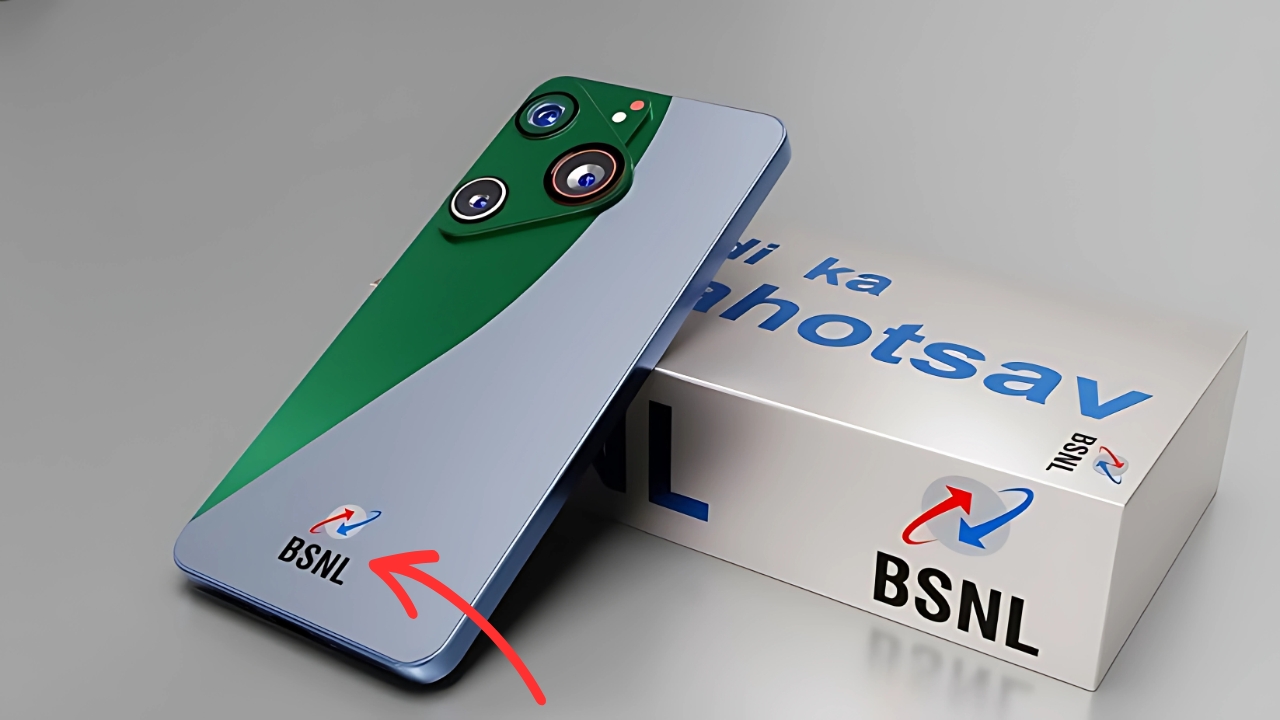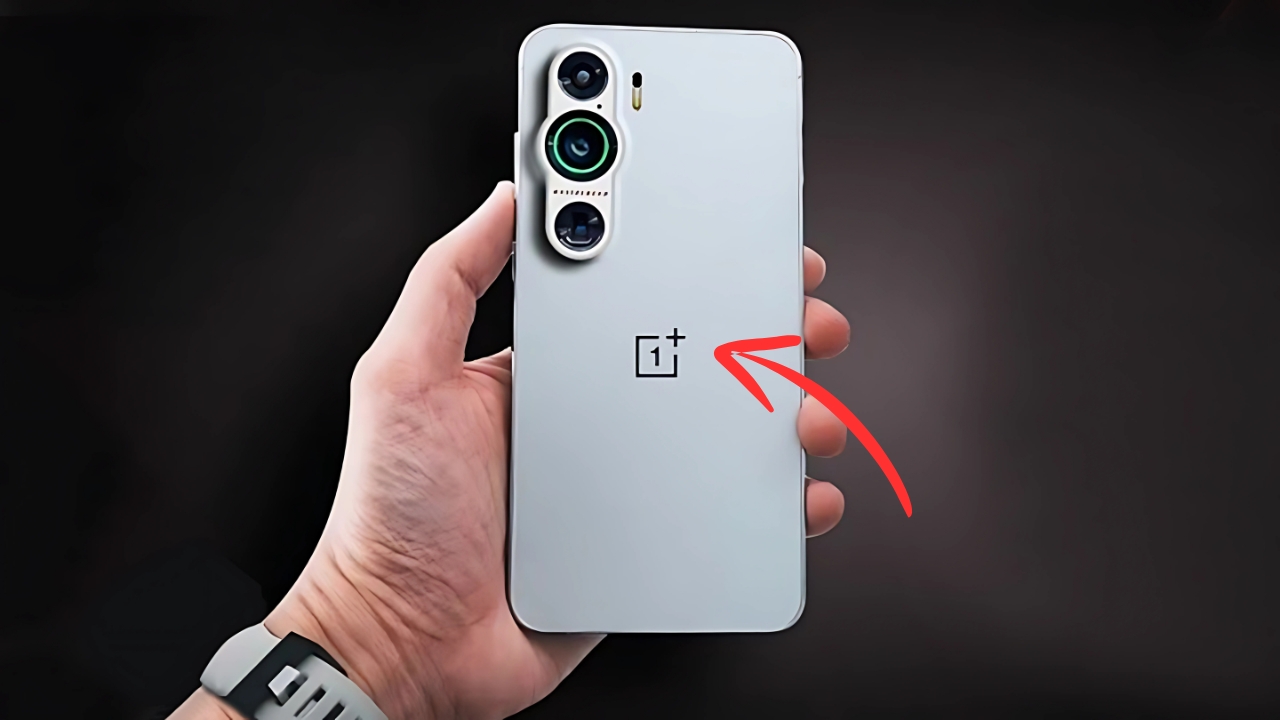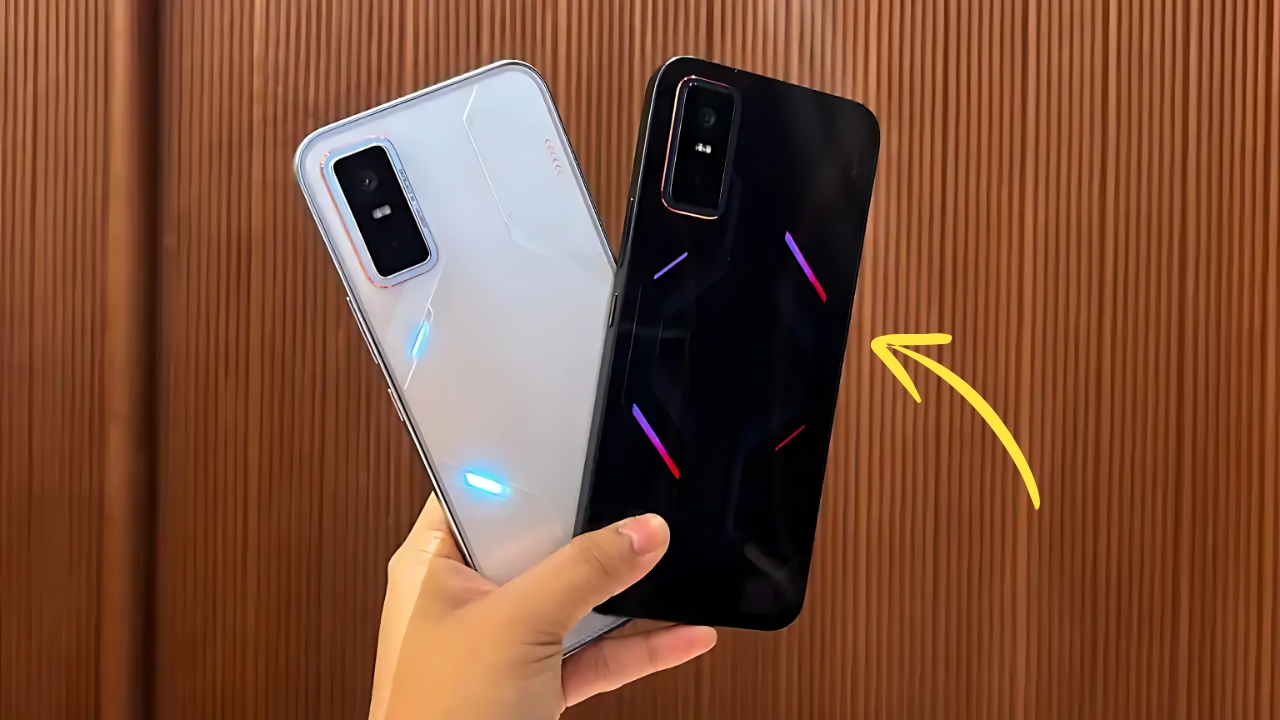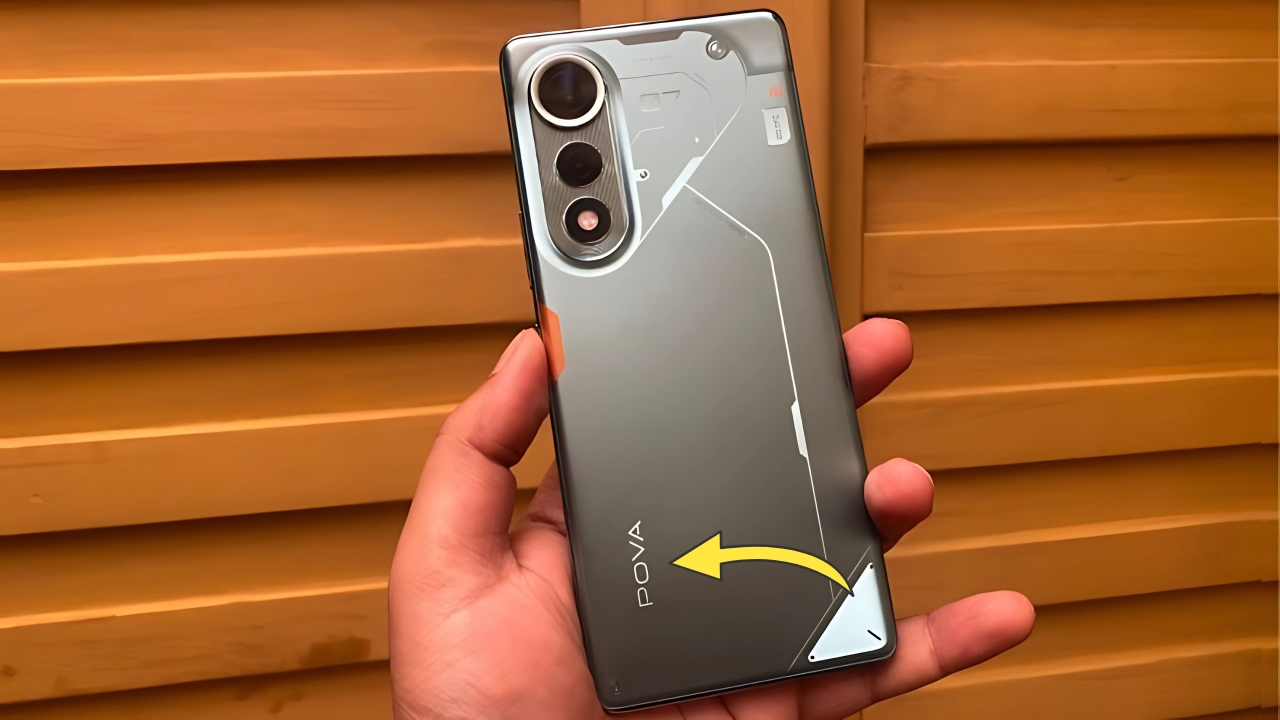BSNL Smartphone 6G : Bharat Sanchar Nigam Limited (BSNL), India’s state-owned telecommunications company, has been exploring various avenues to regain its competitive edge in the rapidly evolving telecom sector.
The concept of a BSNL 6G smartphone represents an ambitious leap into next-generation technology that could potentially position the company at the forefront of India’s digital transformation while supporting the nation’s broader objectives of technological self-reliance and indigenous innovation.
Strategic Vision and Market Context
BSNL’s potential foray into 6G smartphone technology aligns with India’s national priorities of achieving technological independence and establishing leadership in emerging communication technologies.
As the country’s largest telecom infrastructure provider, BSNL possesses unique advantages in understanding network requirements and user needs across diverse geographic and demographic segments.
The timing of such an initiative coincides with global efforts to define and develop 6G standards, providing BSNL with opportunities to influence technology development rather than merely adopting solutions created elsewhere.
This proactive approach could position India as a contributor to global 6G standards rather than just a consumer of foreign technology.
Government initiatives supporting indigenous technology development, including substantial investments in research and development infrastructure, create favorable conditions for BSNL’s ambitious technology projects.
The company’s public sector status provides access to resources and policy support that could accelerate development timelines and reduce commercial risks associated with cutting-edge technology ventures.
Technological Foundations and 6G Capabilities
The theoretical 6G smartphone would incorporate revolutionary communication technologies that extend far beyond current 5G implementations.
Expected capabilities include data transmission speeds reaching terabits per second, ultra-low latency approaching zero milliseconds, and seamless integration with artificial intelligence systems that fundamentally transform user experiences.
Advanced antenna technologies would enable simultaneous connections to multiple networks, including terrestrial cellular networks, satellite communications, and emerging mesh networking systems.
This multi-connectivity approach would ensure continuous service availability even in remote areas where traditional network coverage remains challenging.
Processing power requirements for 6G devices would necessitate revolutionary semiconductor technologies, potentially including quantum computing elements that enable real-time artificial intelligence processing directly within the device.
These capabilities would support applications like real-time language translation, augmented reality overlays, and predictive personal assistance that anticipates user needs.
Indigenous Development and Manufacturing
A BSNL 6G smartphone project would likely emphasize indigenous development and manufacturing to support India’s Atmanirbhar Bharat initiative.
Partnerships with Indian semiconductor companies, research institutions, and technology startups could create a comprehensive ecosystem for advanced smartphone development.
The project might leverage existing government research facilities and academic institutions to develop core technologies, reducing dependence on foreign intellectual property while building domestic capabilities in critical technology areas.
This approach would create long-term strategic advantages while supporting India’s goal of becoming a global technology leader.
Manufacturing considerations would include establishing production facilities that meet international quality standards while maintaining cost competitiveness.
The integration of advanced manufacturing technologies like artificial intelligence-guided assembly and quality control systems would ensure products meet global market expectations.
Network Integration and Service Ecosystem
BSNL’s unique position as both network operator and potential device manufacturer creates opportunities for optimized integration between smartphones and network infrastructure.
The 6G smartphone could include exclusive features that leverage BSNL’s network capabilities, providing users with enhanced performance and unique services unavailable on competing networks.
Service ecosystem development would encompass cloud computing platforms, digital content services, and specialized applications that demonstrate 6G capabilities.
These integrated services would differentiate BSNL’s offering while creating additional revenue streams beyond traditional telecom services.
Government service integration could include digital identity management, e-governance applications, and secure communication features that appeal to public sector users and citizens requiring high-security communication capabilities.
Market Positioning and Competitive Strategy
The BSNL 6G smartphone would enter a market dominated by established international brands, requiring carefully crafted positioning strategies that emphasize unique value propositions.
Potential advantages include deep integration with Indian government services, optimized performance on BSNL networks, and pricing strategies that leverage public sector efficiencies.
Target markets might initially focus on government employees, public sector organizations, and citizens requiring secure communication capabilities.
Success in these segments could provide proof-of-concept validation before expanding to broader consumer markets.
Competitive differentiation would emphasize security features, network optimization, and integrated government services that private sector competitors cannot easily replicate.
The combination of advanced technology and public sector advantages could create compelling value propositions for specific user segments.
Challenges and Implementation Considerations
Developing 6G technology presents extraordinary technical challenges that require substantial investments in research and development.
BSNL would need to build or acquire capabilities in areas like advanced semiconductor design, artificial intelligence systems, and quantum computing applications that extend beyond traditional telecom expertise.
International collaboration might be necessary to access certain technologies and standards, requiring careful balance between indigenous development goals and practical technology acquisition needs.
Patent considerations and licensing requirements could complicate development timelines and cost structures.
Market acceptance of public sector technology products faces skepticism based on historical performance comparisons with private sector alternatives.
Overcoming these perceptions would require demonstrable superiority in performance, features, or value that clearly justifies consumer preference decisions.
Timeline and Development Roadmap
Realistic development timelines for 6G technology suggest commercial availability in the 2030s, providing BSNL with several years to build necessary capabilities and establish development partnerships.
Early phases might focus on research collaboration and prototype development, with progressive advancement toward commercial products.
Pilot programs could test 6G capabilities in controlled environments, allowing iterative development and performance validation before broader market introduction.
These programs would provide valuable feedback while demonstrating technology capabilities to potential users and partners.
Future Implications and Strategic Impact
Success in 6G smartphone development could transform BSNL’s market position from a struggling public sector operator to a technology leader that influences global communication standards.
This transformation would support India’s broader objectives of technological leadership and reduced dependence on foreign technology providers.
The project’s success could inspire similar initiatives across other public sector companies, creating a broader ecosystem of indigenous technology development that reinforces India’s strategic autonomy in critical technology sectors.
BSNL Smartphone 6G launch with Dhansu camera
The BSNL 6G smartphone concept represents an ambitious vision that combines technological innovation with strategic national objectives.
While significant challenges exist, the combination of government support, emerging technology opportunities, and BSNL’s unique market position creates potential for transformative impact on India’s telecommunications landscape and broader technology sector development.














